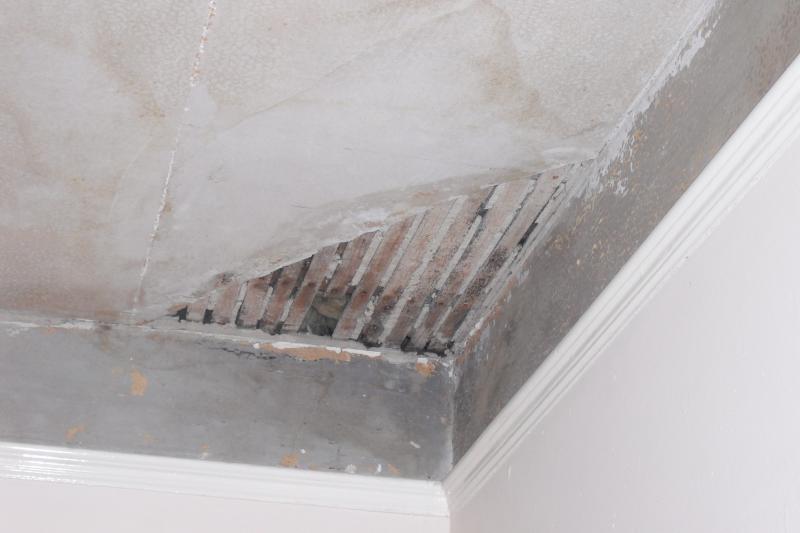Hi, Just after some advice! I've never worked on a L&P ceiling, and have always avoided doing any plastering but I need to tackle this one myself.
From some previous water damage, the ceiling has been damaged in the corner of the room. I have removed the old rotten plaster from the slats and now need to repair.
Whats the best way to do this? would it be best to try and cut a piece of plasterboard to fit and blend this in before painting? or repair using plaster, if repair is best - how do I do it and what would I use?
Any advice would be very gratefully recieved!
Thanks
From some previous water damage, the ceiling has been damaged in the corner of the room. I have removed the old rotten plaster from the slats and now need to repair.
Whats the best way to do this? would it be best to try and cut a piece of plasterboard to fit and blend this in before painting? or repair using plaster, if repair is best - how do I do it and what would I use?
Any advice would be very gratefully recieved!
Thanks


